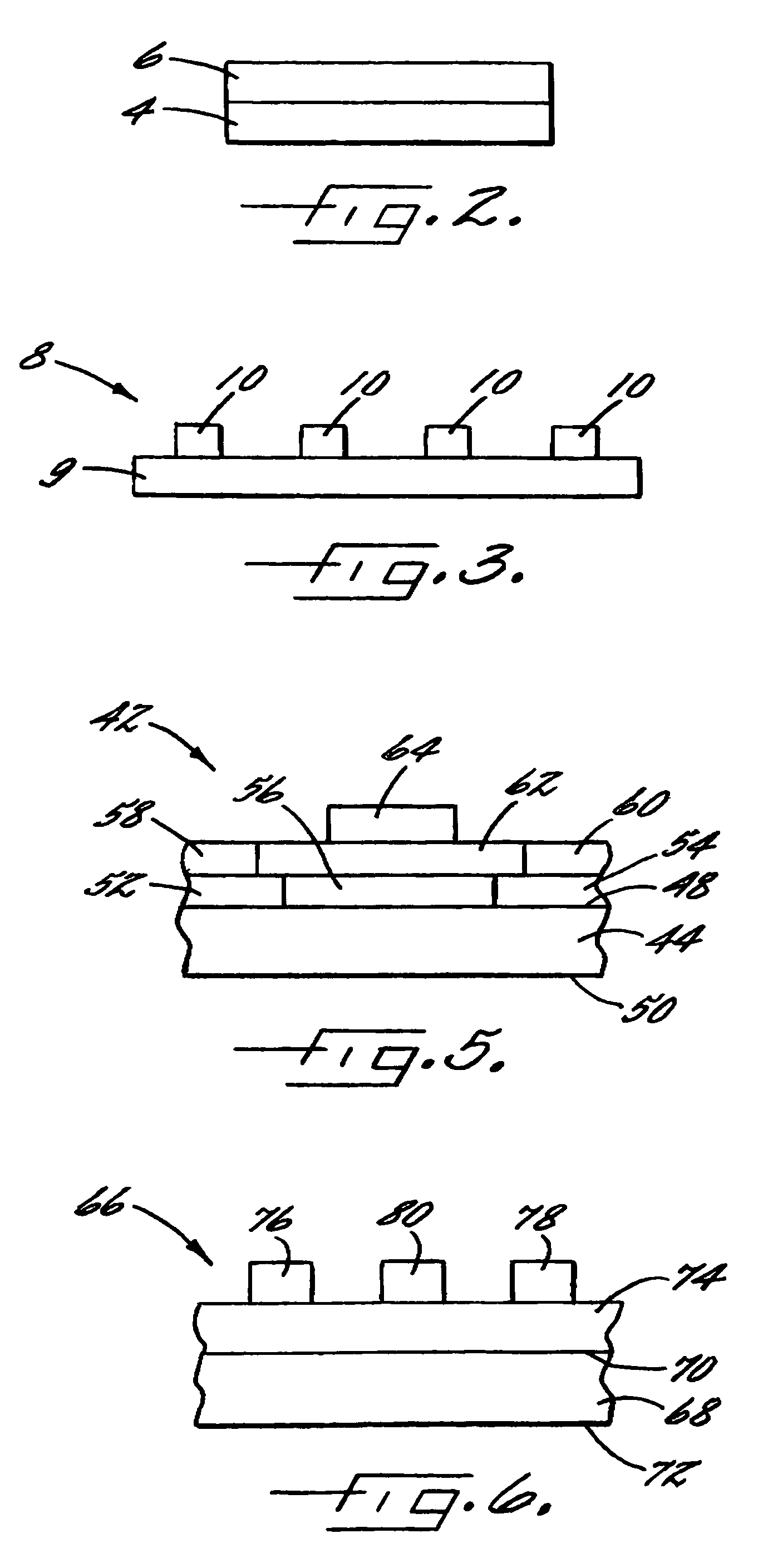Low 1c screw dislocation 3 inch silicon carbide wafer
a silicon carbide wafer and screw technology, applied in the direction of polycrystalline material growth, crystal growth process, transportation and packaging, etc., can solve the problems of limiting the performance characteristics of devices made on the substrate, difficult to eliminate relatively high defect concentrations, and constant reduction of structural defects in silicon carbide bulk crystals. achieve the effect of high quality
- Summary
- Abstract
- Description
- Claims
- Application Information
AI Technical Summary
Benefits of technology
Problems solved by technology
Method used
Image
Examples
Embodiment Construction
[0026]The present invention relates to high quality silicon carbide wafers. In particular, the present invention incorporates several techniques for improving the growth of such wafers using seeded sublimation.
[0027]In one aspect, the present invention is a high quality single crystal wafer of SiC having a diameter of at least about 3 inches and a 1 c screw dislocation density less than about 2000 cm−2, more preferably less than about 1500 cm−2, and most preferably less than about 1000 cm−2. The polytype of the single crystal SiC is preferably 3C, 4H, 6H, or 15R.
[0028]In considering the proportional dimensions of the diameter and thickness of the seed crystal, whether expressed as a percentage, a fraction, or a ratio, it will be understood that in the context of the improvements provided by the invention, these proportions have their inventive meaning in the context of the larger-diameter seed crystals that are described herein.
[0029]Accordingly, in certain embodiments the invention...
PUM
| Property | Measurement | Unit |
|---|---|---|
| diameter | aaaaa | aaaaa |
| temperature | aaaaa | aaaaa |
| temperatures | aaaaa | aaaaa |
Abstract
Description
Claims
Application Information
 Login to View More
Login to View More - R&D
- Intellectual Property
- Life Sciences
- Materials
- Tech Scout
- Unparalleled Data Quality
- Higher Quality Content
- 60% Fewer Hallucinations
Browse by: Latest US Patents, China's latest patents, Technical Efficacy Thesaurus, Application Domain, Technology Topic, Popular Technical Reports.
© 2025 PatSnap. All rights reserved.Legal|Privacy policy|Modern Slavery Act Transparency Statement|Sitemap|About US| Contact US: help@patsnap.com



